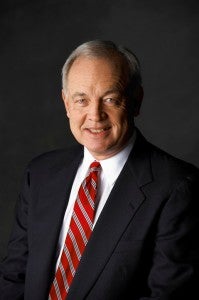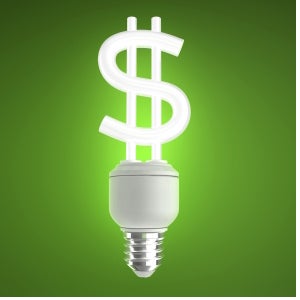This commentary originally appeared on our Texas Clean Air Matters blog.
Right now, there are no limits on carbon pollution from power plants, even though these facilities were responsible for roughly 40 percent of all U.S. carbon dioxide (CO2) emissions in 2012.
That’s why the Environmental Protection Agency (EPA) is crafting greenhouse gas (GHG) regulations for new fossil fuel-fired power plants by setting a limit on how much CO2 the plants can emit. Later this year, EPA will issue proposed CO2 “emission guidelines” for existing fossil fuel-fired power plants using various Clean Air Act tools to protect human health and to clean up our air.
To achieve significant and cost-effective emission reductions from existing power plants, EPA should look to leading states that are already implementing successful measures to reduce emissions. These measures include investing in renewable energy, harvesting energy efficiency, and utilizing more efficient and lower-emitting fossil fuel-fired units. Read More















